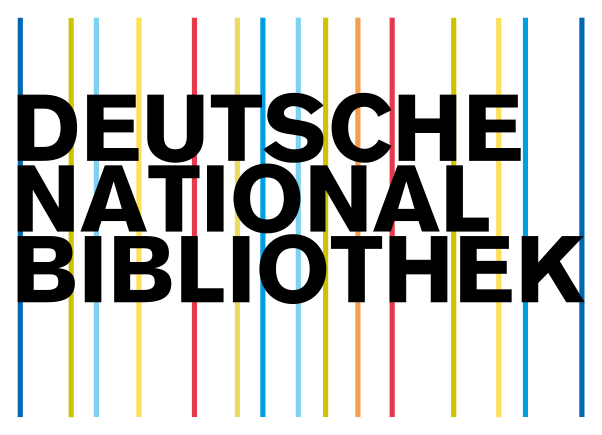Identification of Spam in Social Network Based Data
Keywords:
Online Social Media Portals, Social Networks, Heterogeneous Information Networks, Fake Reviews, Spam Reviews, Spammers, Novel FrameworkAbstract
Nowadays, a noteworthy bit of people rely upon available substance in web based systems administration in their decisions (e.g. reviews and feedback regarding a matter or thing). The probability that anybody can get out a study give a splendid opportunity to spammers to form spam studies about things and organizations for different interests. Perceiving these spammers and the spam content is a passionate issue of research and regardless of the way that a broad number of studies have been done starting late toward this end, yet so far the procedures put forward still barely perceive spam overviews, and none of them exhibit the importance of each evacuated part created. In this examination, we propose a novel framework, named NetSpam, which utilizes spam features for showing review datasets as heterogeneous information frameworks to layout area strategy into a course of action issue in such frameworks. Using the noteworthiness of spam features help us to show signs of improvement results the extent that different estimations examined genuine review datasets from Yelp and Amazon destinations. The results show that NetSpam beats the present systems and among four arrangements of features including review behavioural, customer or user behavioural, review linguistic, customer or user linguistic, the fundamental kind of features performs superior to any other substitute classes.






